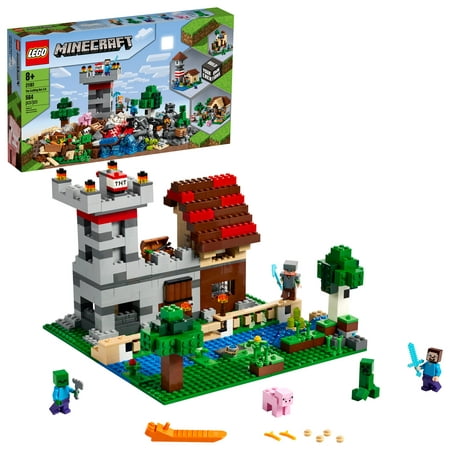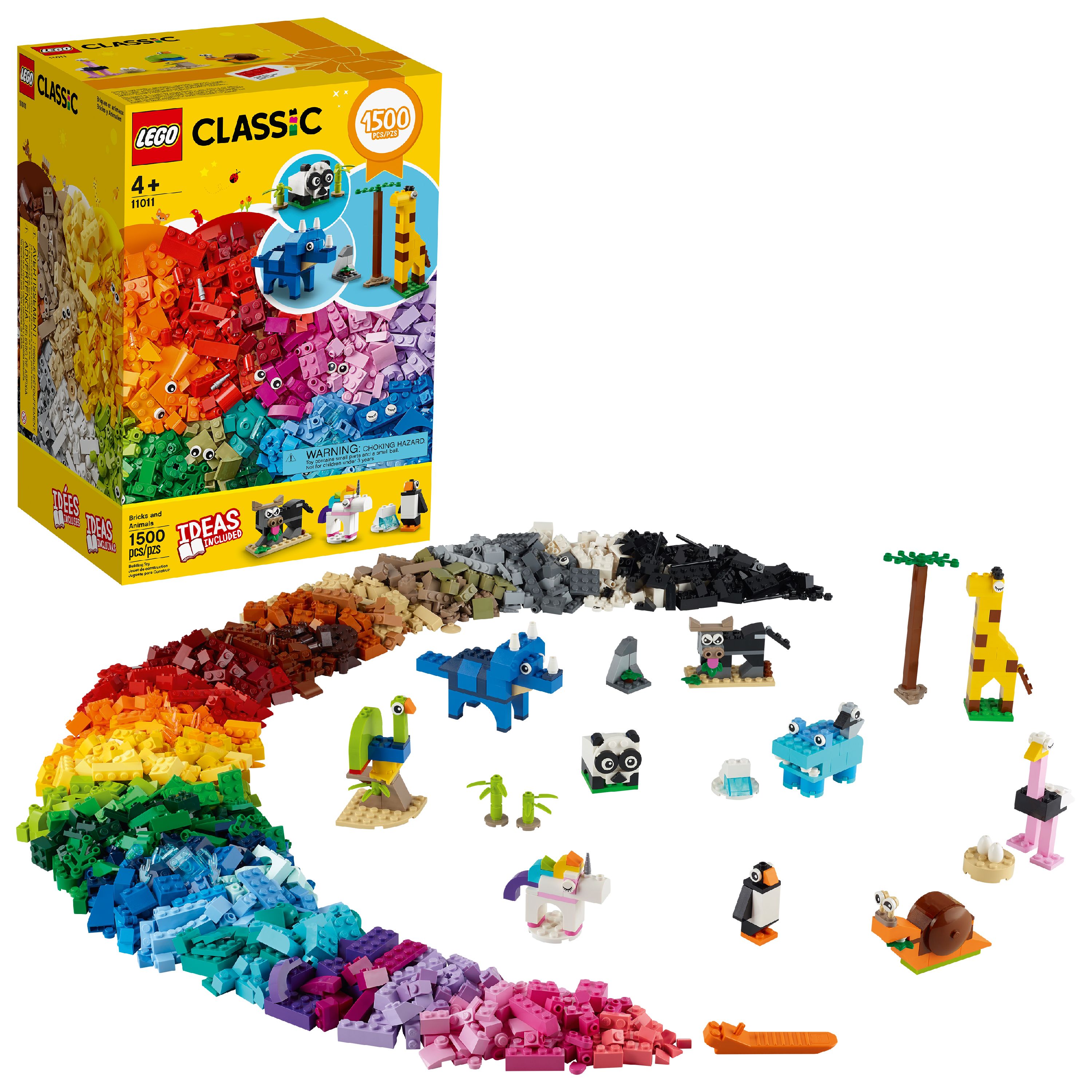LEGO Minecraft The Crafting Box 3.0 21161 Minecraft Castle and Farm Building Set (564 Pieces)
LEGO Minecraft The Crafting Box 3.0 21161 brings the fun excitement of Minecraft into the real world with a diverse set of LEGO construction bricks and pieces. The Crafting Box set is bursting with Minecraft ideas and inspiration. With popular characters from the game – Steve, Alex, a Creeper, a pig and a zombie – and a host of fun features – from a TNT launcher to a Creeper confrontation – this toy playset brings Minecraft adventures to life! Instructions PLUS is an interactive guide for smart devices within the free LEGO Building Instructions app. Zoom and rotate viewing tools help youngsters have fun as they build the castle and farm on their own. Alternative builds are available online. LEGO Minecraft sets put open-ended creative play into kids’ hands. This cool collection of Minecraft construction toys takes players to a new dimension of imaginative play!







Bring Minecraft players’ creative adventures into the real world with The Crafting Box 3.0 21161. It’s bursting with LEGO Minecraft construction bricks and familiar figures to inspire endless imaginative play!This Minecraft construction toy includes 564 bricks and pieces, plus popular characters from the game – Steve, Alex, Creeper, pig and zombie – and a host of fun features, from a TNT launcher to a Creeper confrontationThe set includes everything kids need to play out imaginative Minecraft adventures in a cool castle, a busy farm and awesome environments of their own as they explore new ways to play their favorite gameLEGO Minecraft The Crafting Box 3.0 makes a great gift for players aged 8 and up. Whether playing solo or in a group, this construction toy gives kids endless hands-on Minecraft funWith the castle measuring over 7” (18cm) high, 10” (27cm) wide and 10” (26cm) deep, and the farm measuring over 6” (16cm) high, 10” (26cm) wide and 10” (26cm) deep, this playset provides Minecraft fun on an epic scale


Reviews
There are no reviews yet.